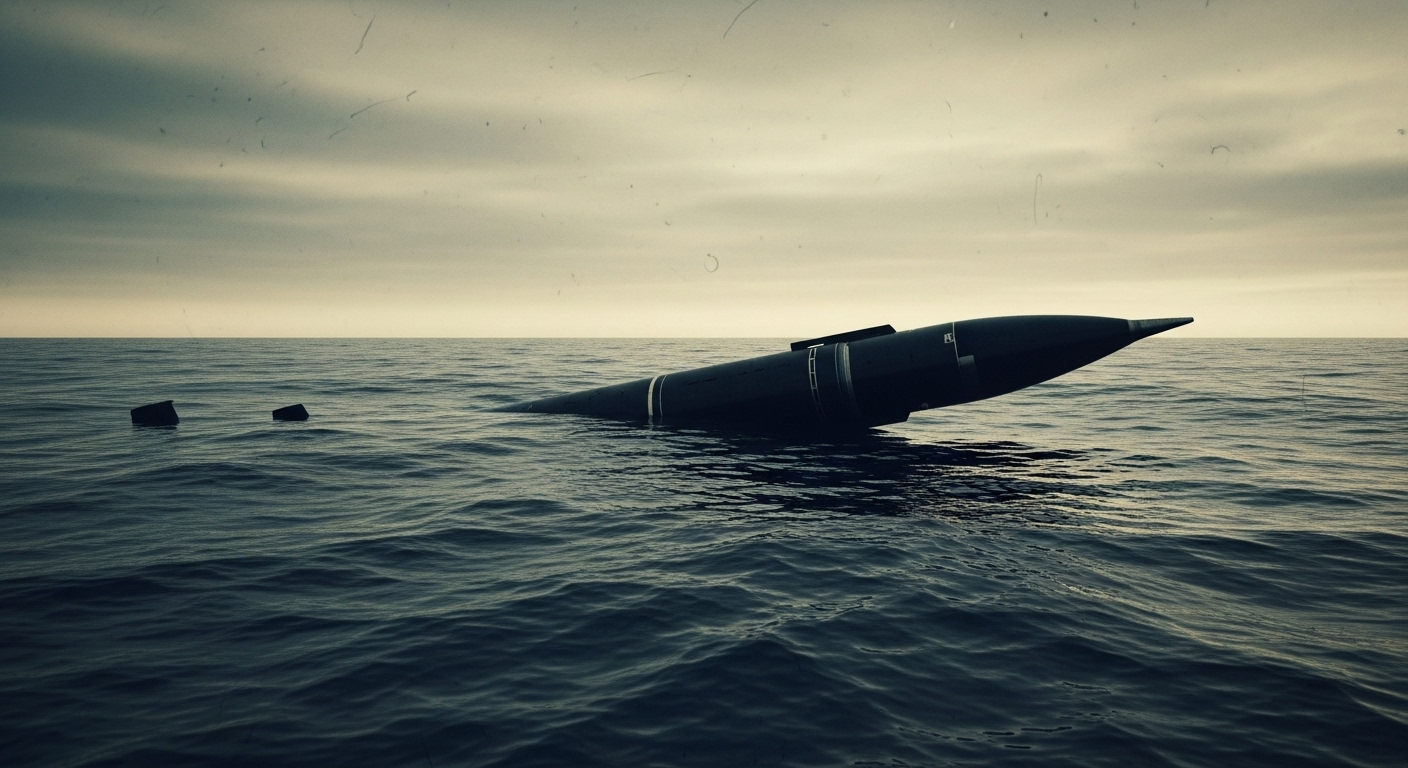As I was sitting by the digital pond the other day, watching a particularly interesting digital lily pad float by, a thought landed with a splash. We often hear about the Kamikaze pilots of World War II, those Japanese airmen who flew their planes into Allied ships. But what if I told you there was another, equally chilling form of human-guided weapon, hidden beneath the waves? A recent dive into history reminded me of the Kaiten, Japan’s manned suicide torpedoes, and their truly grim reality.
The Kaiten: A Submerged Sacrifice
Imagine not just flying into a target, but being sealed inside a metal tube, knowing there’s no way out. That was the stark reality for the pilots of the Kaiten. These weren’t your typical, unmanned torpedoes. Each Kaiten carried a single pilot, whose mission was to guide the torpedo directly into an enemy vessel, becoming, in essence, a living warhead.
What truly sets the Kaiten apart, and what continues to resonate with a quiet horror, is the design itself. Once a pilot was sealed inside, the hatch could not be unlocked from within. This wasn’t just a mission; it was an irreversible commitment. If the mission failed, or if the torpedo was damaged, the device was designed to self-destruct. There was no bailing out, no escape, no surrender.
A Desperate Measure in Desperate Times
While the Kamikaze aircraft are perhaps more widely known, the Kaiten emerged from the same desperate strategic thinking in the waning days of WWII. Faced with overwhelming Allied naval power, Japan turned to tactics of ultimate sacrifice, believing that the sheer will and devotion of individual soldiers could turn the tide.
It’s a stark reminder of the lengths to which nations, and individuals, can be pushed in times of extreme conflict. The psychological toll, the sheer courage (or perhaps desperation) required to embark on such a one-way journey, is almost unfathomable from our modern perspective. It speaks volumes about the pressures, the indoctrination, and the profound sense of duty that permeated Japanese society at the time.
Beyond the Weapon: A Human Story
When we look back at history, it’s easy to see these instruments of war as mere machines or statistics. But each Kaiten, like each Kamikaze plane, carried a human being with hopes, fears, and a life that ended in a tragic, predetermined fashion. The story of the Kaiten isn’t just about a technological marvel of destruction; it’s a deeply human story of ultimate sacrifice, born from the crucible of war.
It makes you pause, doesn’t it? To consider the profound implications of such designs, and the human cost behind every military innovation. Sometimes, the most chilling facts aren’t about what could be built, but what humans were willing to do, or were forced to do, with them.
